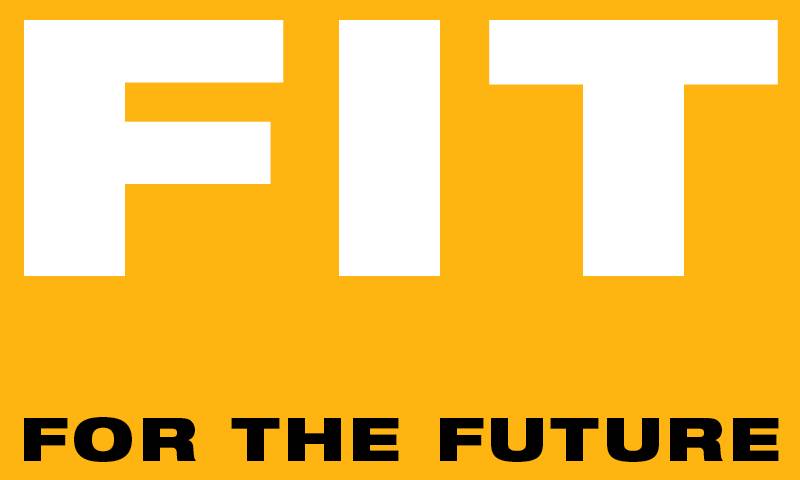Tackling the UK government's four Grand Challenges requires governance structures able to cope with uncertainty over the next three decades.

Contractors would usually agree to deliver a ‘fit for purpose’ engineering project, by meeting the employer’s demands and design specifications. But a legal obligation to deliver a project that is fit for purpose when completed is a tough commitment. How can the government deliver such an ambitious plan? What governance structures need to be in place to address the Grand Challenges? Given the 30-year-plus year span of the strategy, how will these processes evolve and be optimised to remain fit for the future?
The Grand Challenges programme has developed and grown across government over the past two years and new layers of governance are evolving. To ensure they are optimised for programme delivery, I spent six months working with the team to evaluate where improvements could be made to ensure programme governance is used effectively to streamline and support decision-making.
Recent research suggests that, to successfully deliver policies to meet the Grand Challenges, new governance structures within the public sector are needed. A report by the UCL Institute for Innovation and Public Purpose (IIPP) emphasises that these governance forms should enable cross-sectoral and cross-institutional co-ordination. Over a 30-year-plus timeline, it is unlikely that the government structure will remain unchanged. That is why a certain degree of flexibility and adaptability is required. Academic literature asserts that where technological and market uncertainty is very high, organisations are better off adopting governance forms that are reversible and involve a low level of commitment. When uncertainty has decreased, then organisations can shift towards governance forms that are less reversible and more hierarchical.
It is this approach that the team took to support delivery of the Grand Challenges across government. Having a central team based in the Department for Business Energy and Industrial Strategy in the role of asset orchestrator, set the pace for these developments. This role involves identifying the critical assets and investing in them, and then developing a governance form along with a means for their effective use. The team displayed astute decision-making and entrepreneurial capacity by optimising the configuration of the governance forms of the Grand Challenges programme.
The team first initiated discussions within its own department and with cross-governmental departments to identify efficiencies regarding strategic implementation. This resulted in reconfiguration of the existing governance around decision type, instead of hierarchical formation to reach the appropriate actors, such as the Cabinet Office. It then redefined the remit, roles and decision-making abilities of stakeholder boards involved in the programme. It also streamlined interactions with other Industrial Strategy structures internally to enable the possibility for resolution on strategic matters. It established a clear process to engage and seek expertise from non-programme stakeholders, such as UKRI and the Industrial Strategy Council. Finally, it created a Grand Challenges board to provide strategic direction on cross-cutting issues across government. The board would decide how and when to escalate strategic matters through the governance structure, and to oversee the progress of the programme. Ultimately, this governance structure intertwines cross-sectoral and cross-institutional co-ordination effectuating systemic innovation.
When designing such ambitious policy programmes and goals, we need to acknowledge exogenous uncertainty and embrace flexibility. This grants a trade-off between efficiency and effectiveness, yet is necessary for future-proofing and ensuring policy development copes with change of strategic direction. From the outset, the Grand Challenges team shifted away from traditional management functions such as control, supervision, and administration. Instead, the Grand Challenges programme can sustain trade-offs such as flexibility, entrepreneurship, adjustment and adaptation by implementing new combinations and co-alignment of assets. By doing so, it will be able to cope with uncertainty and change and deliver its mission, even if the Grand Challenges alter or evolve in the future.
 Close
Close

